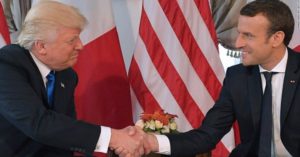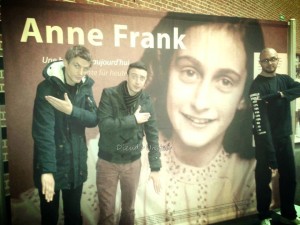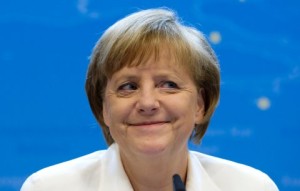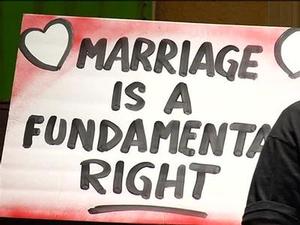This post on work life is a follow-up to the comments on “quiet quitting”. Expectations for how long people should work (hours per week) and how long they should keep working (retirement age) vary substantially from culture to culture. In the US, the 40-hour work week has been legally mandated since 1940. The retirement age varies depending on how old one is; for those born in 1960 or later the age is 67, although it is possible to retire earlier with reduced benefits. Not much has changed in terms of the work timetable in the US for quite some time, although of course the pandemic changed where many people worked. Periodically, there is interest in moving to a four-day work week (with the same pay for 32 hours/week). Recently, for example, there has been some buzz about the recent success in Great Britain of switching to that system in a large variety of companies.
However, elsewhere there are proposals to make significant changes to work life. One that has been in the news recently is the suggestion in South Korea to move to a 69 hour (!) work week (from the current 52, which includes overtime hours). South Korea has long had an expectation that workers put in substantially more work hours through overtime or participating in after-hours work-related social activities. That has been the case as well in other South Asian countries such as Japan. The proposal in South Korea from the country’s president has been met with resistance, especially from younger works who have little interest in conforming to a “live to work” culture.
Meanwhile, in France, the French President has also made a proposal affecting work life, namely that the French will need to work till age 64, rather than the current retirement age of 62. That proposal, now officially promulgated (without a vote in the legislature) has, as in South Korea, led to wide-spread protests. The French, by the way, have a 35 hour work week, a far cry from what’s been proposed for South Korea.
Of course, the actual “on the clock” work time may not be a true reflection of the time devoted to work or at least to be available for work-related tasks. That too varies by culture. In many jobs in the US, for example, it’s routinely expected that employees be reachable electronically after hours. Many people in the US check their messages in the evening and on weekends. That’s quite different from the situation in most European countries, where there is still a separation between work life and home life. The Germans have a proverb: “Dienst ist Dienst und Schnaps ist Schnaps”. That literally translates as work is work and schnaps is schnaps, the meaning being that when I’m at work I focus on work, but when the work day is over, I’m off the clock and ready to enjoy life (i.e. drink Schnaps, or maybe beer). I know from working with colleagues in Europe not to expect them to answer emails over the weekend, and particularly not when they are on vacation. Maybe that’s a “work to live” outlook that the workabholic US and South Korean cultures could learn from.














